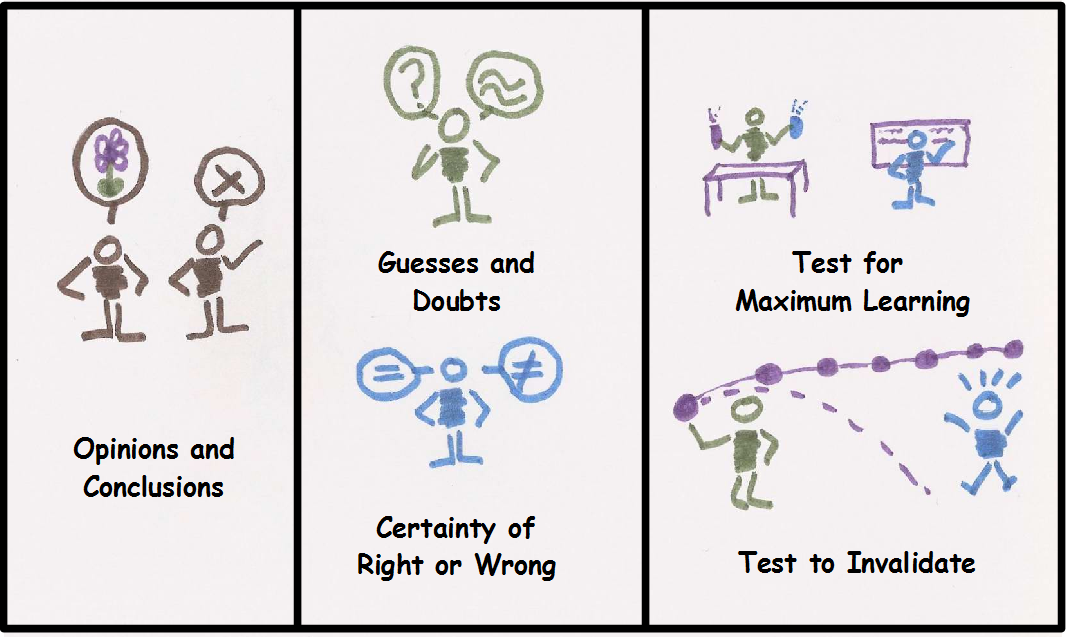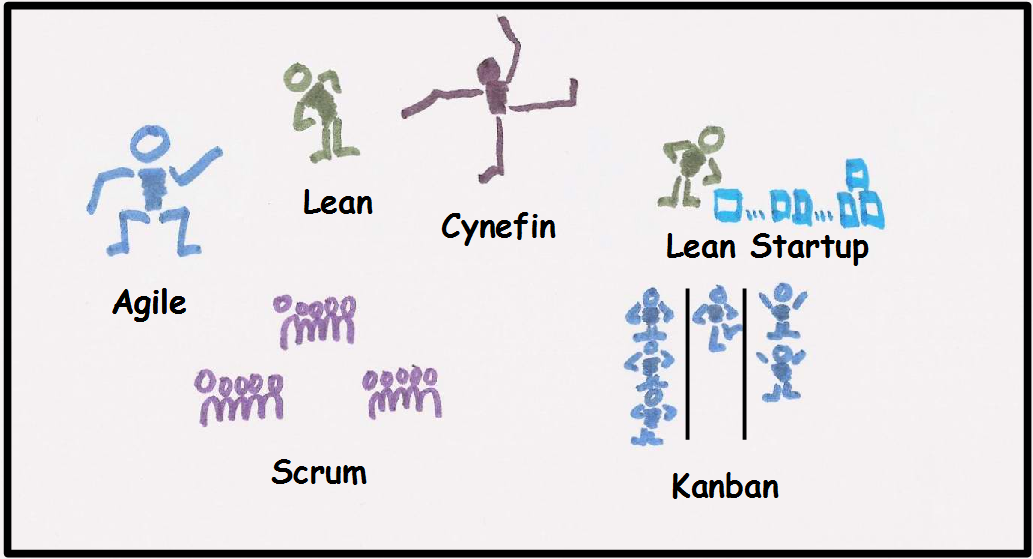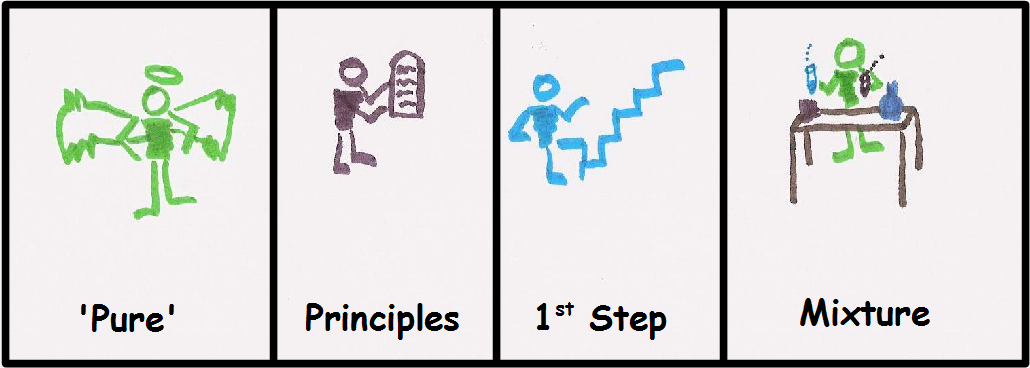Thanks to an ‘off the cuff’ comment from @semanticwill about ladders of inference, I started to think about it a bit more deeply.
We each have a rich set of different experiences in our lives that make us who we are. When we make assumptions about statements that others make, we can ‘race’ up our ladders of inference – this can happen on both sides of the conversation.
 Our Ladders of Inference are Uniquely Our Own
Our Ladders of Inference are Uniquely Our Own
We are advised to ‘walk back down’ our ladders of inference when we make assumptions, but what I had not thought about much was that some ladders can be short and others long. So if I am working with someone else rung by rung to unpack our assumptions, I should not be surprised if one of us only goes a couple of steps and the other many more.



